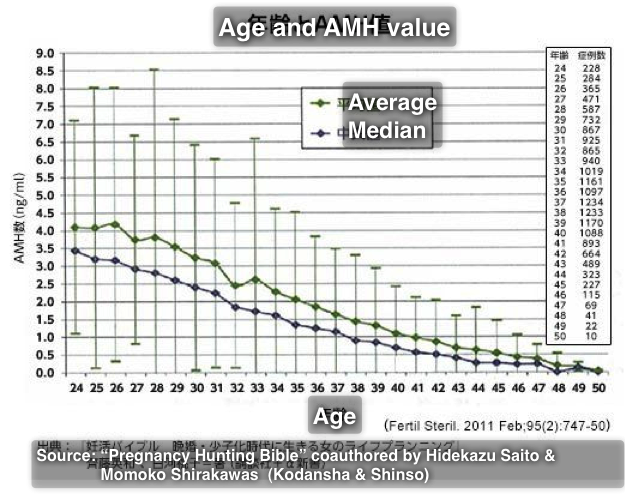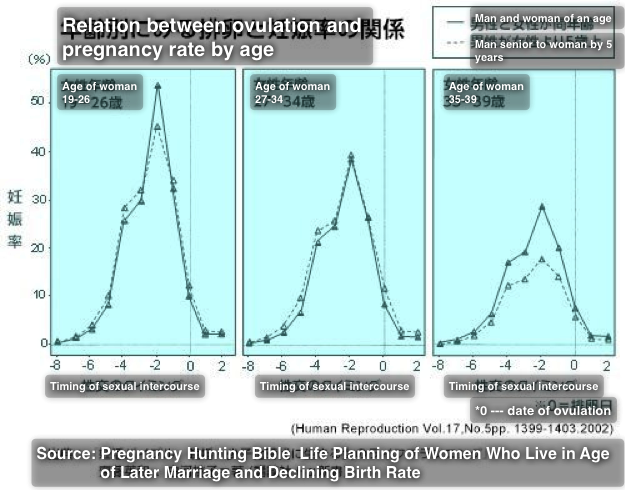World’s First “Baby Factory” in India Gets Popular (VOR)
&
Glass Ceiling Called “Infertility” Working Women Face (PRESIDENT Online)
I think it is best for a boy and a girl to get engaged at the age between ten and twelve, develop love for several years and get married at the age of 16.
I think it is nothing unusual that what is
considered to be something preposterous in modern society actually conforms to
natural laws most.
The woman gives birth to two or three
children in early marriage and can go out into the world after her children get
independent, because she is still in her forties.
Which is more natural, getting pregnant in her
forties due to later marriage or going into the workforce in her forties due to
early marriage? That goes without
saying.
If they choose my way of thinking, it is
possible to make half of Diet members female lawmakers. I think this is wise.
Masatoshi
Takeshita
October
5, 2013
English translation of a Japanese version
of The Voice of Russia – October 4, 2013 –
World’s First “Baby Factory” in India Gets Popular
In India, the world’s first clinic which specializes
in surrogate mothers on a commercial basis has appeared. This is features in BBC documentary film,
too.
Although a facility has not been completed,
there are reportedly about 100 women who will take care of children as
surrogate mothers for various couples including foreigners. It is located in Anando City, Gujurat. According to BBC, approximately
600 babies were given birth to through surrogate mothers in a decade.
This kind of “business” is permitted under
the law of India. The business has been attracting
many couples in the world who fail to have children. The income through surrogate mothers in India
amounts to more than one billion dollars every year.
----------
English translation of an excerpt from a
Japanese article: PRESIDENT Online – October 4, 2013 –
Glass
Ceiling Called “Infertility” Working Women Face
What is “pregnancy age”?
Many female leaders who
are actively engaged in social activities after giving birth to babies have
experienced “fertility treatment” and “miscarriage” and
accept it as natural to sacrifice their life for the sake of work. Unless this situation is left as it is, it is
impossible for the government to achieve in terms of “quality and quantity” a
goal to make 30 percent of female workers officials by 2020.
Pregnancy
in their twenties Desirable if Possible
Working women give a priority to work. They take it for granted that they have a
baby after pursuing their career. They
think that since en entertainer xxx gave birth to her baby in her forties, I
can do so. If they work on, ignoring the
problem of pregnancy, they would face a serious problem of “infertility” after
being pregnant. They will face not a high risk of delivery but rather have difficulty in
getting pregnant in itself.
Just so there is no confusion, I do want
women to participate more actively in the society and do want to wholeheartedly
support women who are highly motivated to work or work hard toward promotion.
However, I do want them to correctly understand the hard fact of limit of “fertile time”
and take a wise choice; if you want to have a child, please make a wise
plan.
I quote Dr. Hidekazu Saito (Chief of
Fertility Diagnosis and Treatment Department, National Center for Child Health
and Development, and current Chairman of Task Force for Breakthrough in
Declining Birthrate Crisis), coauthor of “Pregnancy Hunting Bible”, as saying that
“Pregnancy in their twenties is desirable, if possible”
and “As for women aged 35 or older, each one year is very important.” According to many
experts, “women aged between their twenties and 34” do not have to get
expensive fertility treatment and they are likely to have an easy
delivery.
Blood
test shows your “conception chance”
The content which is sure to get a great
response is “AMH (Anti-Mullerian hormone) chart indicating susceptibility to
conception.” It is a chart which shows
how much egg suitable to conception remains in the ovary, which is detected by
blood test.
Pregnancy varies greatly among different individuals. Even if a person sitting next to you can have
a baby in her forties, it does not necessarily mean that “you are also OK.”
There is another data which shows “the
probable pregnancy rate in the case of sexual
intercourse on time of ovulation.”
A woman in her twenties
can get pregnant with a probability of 50 percent only if the timing is right,
while a woman in her late thirties with a probability of half of it. This is also related to the
age of her partner. In the case of a
woman in her late thirties, if her partner is more than five years older, that
is, in his forties or older, it will make a difference shown in continuous line
and dash line. Men have to have this
knowledge because male fertility accounts for half of fertility cause.
Facts
even medical university students don’t know
According to a questionnaire to medical
university students, many of them respond: “Women aged 45 or older can get pregnant”
or “Once fertilized in vitro, 50 percent of women can get pregnant,” which
indicates their naivety about the actual situation of pregnancy.
Pregnancy rate of in vitro fertilization is
less than 20 percent even in their twenties.
Isn’t it essential to provide “education”
in schools where “medical facts” are taught?



